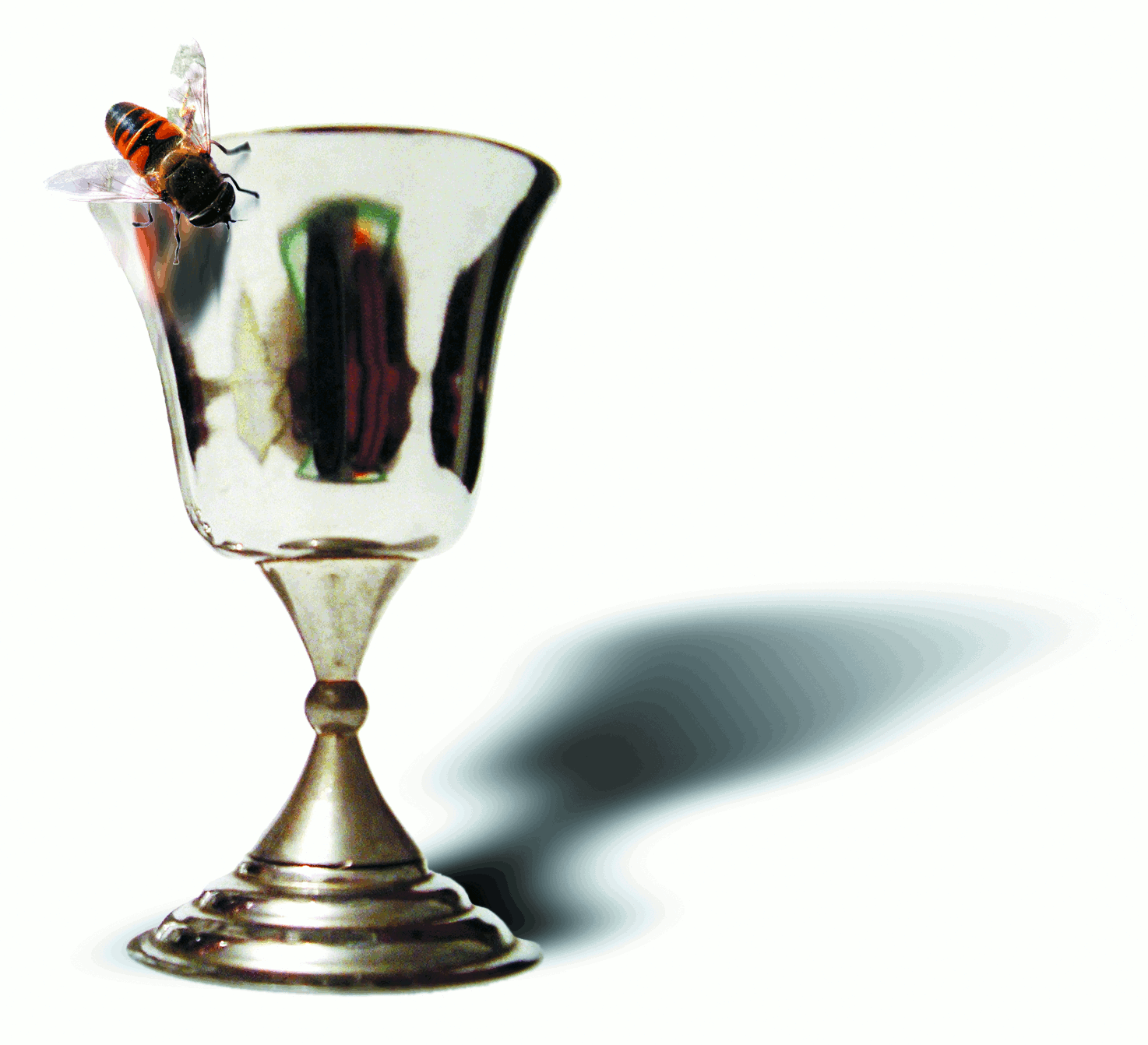Try this experiment: Ask 10 of your friends what mead is. You are likely to find most do not know that mead is honeywine. Even fewer are likely to have tried mead. They might think that it is some sort of grog that used to be concocted during medieval times using beer or grape wine. They may even believe that mead is no longer produced.
Based on pottery found in Asia and Europe, researchers estimate that humans have consumed mead for the last 8,000 to 9,000 years.

“Our biggest challenge is that nobody really knows what mead is,” says Paul Holm, owner of the Long Island Meadery in Holbrook, NY.
A small, dedicated group of mead brewers want to turn mead into a beverage that is something more than a renaissance festival libation.
Mead’s Origins
Today’s mead makers like to say that it is the beverage of love, but the reality is that the first mead was likely the result of happenstance rather than passion.
Mead at its roots is a simple beverage: honey, water and yeast. The water gets the natural sugars in the honey into a solution. The yeast converts the sugars into alcohol and you have mead. All of these ingredients existed in most places around the world where ancient man first roamed and later settled. It was only a matter of time before they came together and the intoxicating effects were discovered.
Based on pottery found in Asia and Europe, researchers estimate that humans have consumed mead for the last 8,000 to 9,000 years. It’s likely that prehistoric man came across small amounts of mead in the wild even earlier.
In ancient times, mead was a common drink in many cultures. The term “honeymoon” comes from the historic practice of supplying a new bride and groom with enough mead to last a month—honeywine to celebrate for one cycle of the moon.
Mead is still a part of the culture in some areas of Europe and Africa, but much of the rest of the world long ago moved on to beer, wine and spirits. Over the centuries, forests where honey bees lived were cleared to make way for farms and cities, while bees wax became a profitable commodity during the 1600s leading to the destruction of hives. Mead production dropped.











